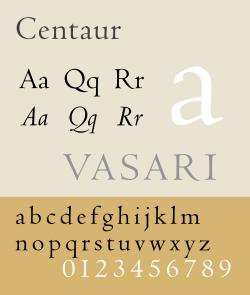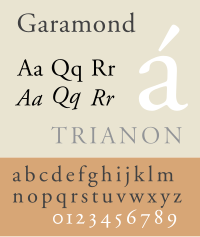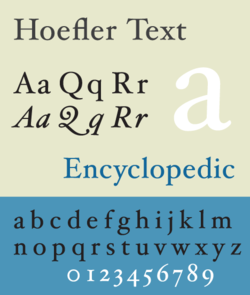This article needs additional citations for verification .(July 2025) |
This list of samples of serif typefaces details standard serif fonts used in printing, classical typesetting and printing. Serif typefaces are generally regarded as easier to read than sans-serif fonts because they provide more detail. [1]






































































































































































